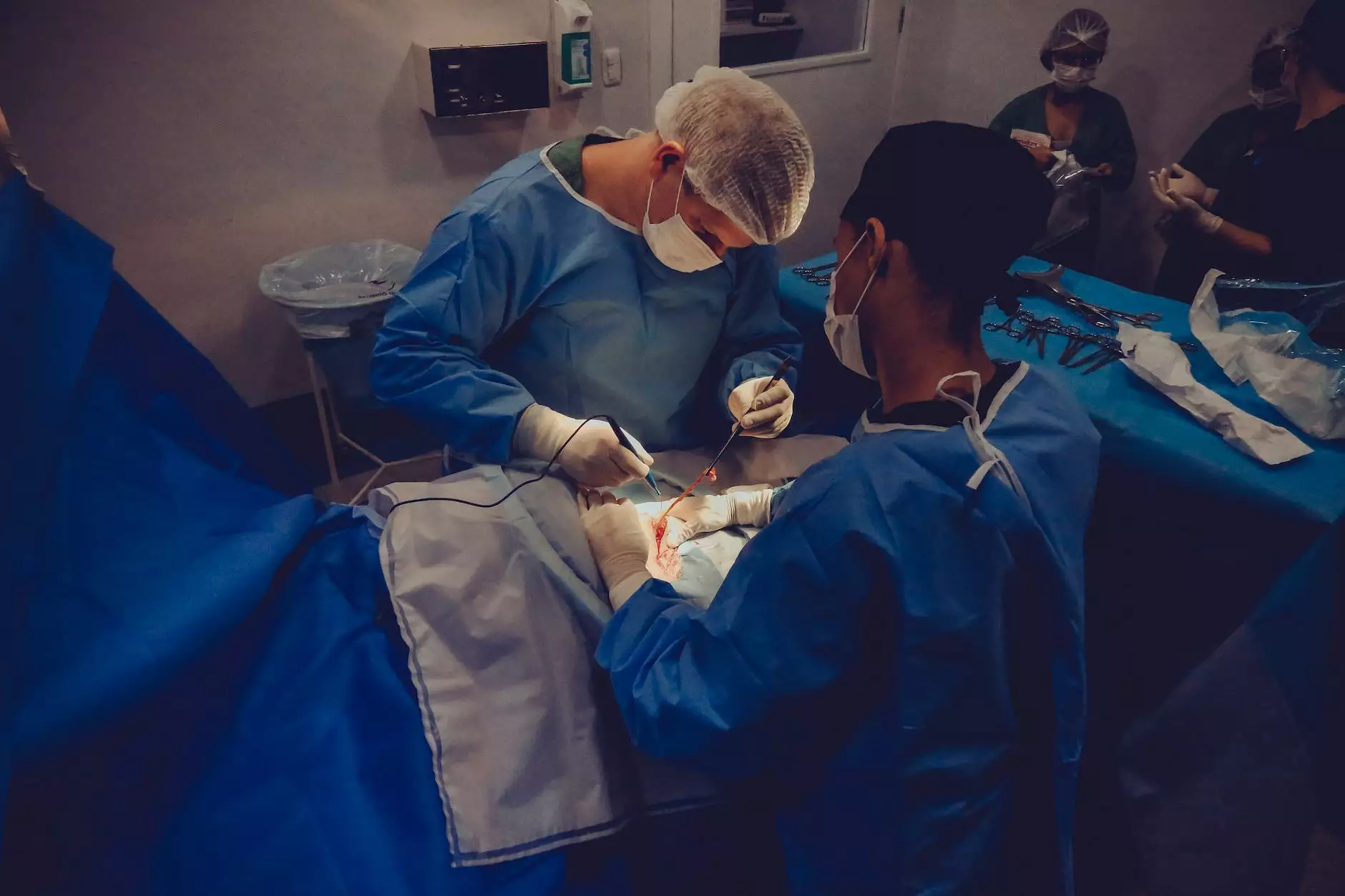Exercise After Surgery: Why You Should Wait

The Importance of Post-Surgical Rest and Recovery
When undergoing surgery, it is crucial to prioritize rest and recovery. Surgery causes physical trauma to the body, and exercise too soon after the procedure can hinder the healing process. Foley James D MD, a reputable health professional in the field, emphasizes the significance of waiting before engaging in any physical activities after surgery.
The Healing Process
After surgery, your body needs time to heal. The body initiates a complex healing process that involves tissue repair, controlling inflammation, and minimizing the risk of infection. Exercise can disrupt these crucial healing mechanisms, leading to potential complications and prolonged recovery time.
1. Tissue Repair
Tissues affected by surgery require time to repair and regenerate. Rushing into exercise can strain these delicate tissues, impeding their healing. It is essential to allow ample time for the body to complete the initial healing process before engaging in physical activities.
2. Inflammation Control
Post-surgical inflammation is a natural response triggered by the body to protect and repair the affected area. Exercise increases blood flow, which can exacerbate inflammation and result in increased pain, swelling, and potential complications. Resting during the initial recovery phase helps minimize inflammation and promotes optimal healing.
3. Reduced Risk of Complications
Engaging in strenuous exercise too soon after surgery can increase the risk of complications such as bleeding, wound reopening, infection, or delayed healing. Following Foley James D MD's advice to wait before starting exercise reduces these risks and ensures a smoother recovery process.
Factors to Consider Before Resuming Exercise
While waiting for the appropriate time to begin exercising post-surgery, it is important to consider the specific factors unique to your surgery. Foley James D MD recommends consulting with your healthcare provider to determine the ideal timing based on factors such as:
- The type and complexity of the surgery
- Your overall health condition
- Any existing medical conditions
- Medications prescribed during the recovery period
- Your current physical fitness level
Gradual Return to Exercise
Once your healthcare provider gives the green light to resume exercise, Foley James D MD strongly advises starting slowly and gradually. This approach allows your body to adapt and regain strength without overwhelming the healing tissues.
1. Follow Professional Guidance
Always follow the exercise guidelines provided by your healthcare provider or physical therapist. They will tailor an appropriate exercise program based on your unique circumstances, ensuring safe and effective progress.
2. Listen to Your Body
Pay attention to your body's signals during and after exercise. If you experience excessive pain, increased swelling, or any other concerning symptoms, it is essential to stop and consult with your healthcare provider immediately. Pushing through discomfort can hinder your recovery.
3. Monitor Progress and Adjust as Needed
Recovering from surgery is an individual process, and progress can vary from person to person. Regularly assess your progress and consult with your healthcare provider to make any necessary adjustments to your exercise routine.
Conclusion
Exercise after surgery should not be rushed. Prioritizing rest and allowing your body to heal properly is crucial for a successful recovery. Foley James D MD, a respected authority in the field of health, strongly advises waiting for the appropriate time before engaging in any physical activities. Always consult with your healthcare provider to determine the ideal time to resume exercise and follow their guidance throughout your recovery journey.









